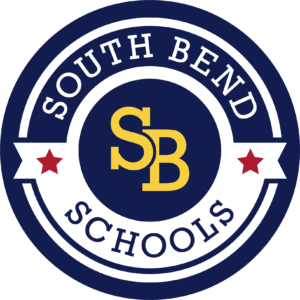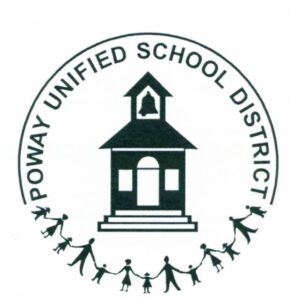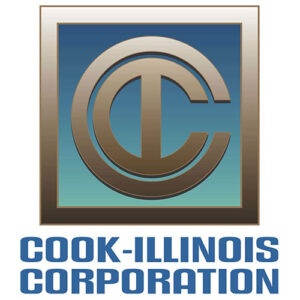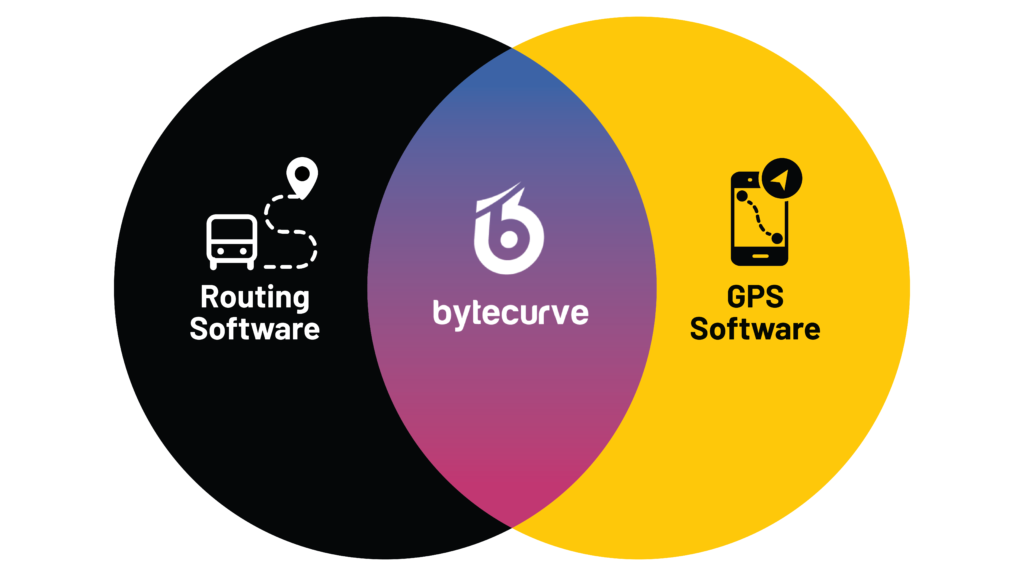2 + 2 = 5
Say goodbye to independent technology silos that don’t communicate or deliver an integrated experience.
And say hello to a comprehensive view of your operations, payroll and communications that transforms your daily operations.
Our School Bus Operating platform arms your team with the information they need to improve decision making around safety, reducing costs, and being more efficient each day.
Trusted by dozens of public and private student transportation fleets to improve how they do business.
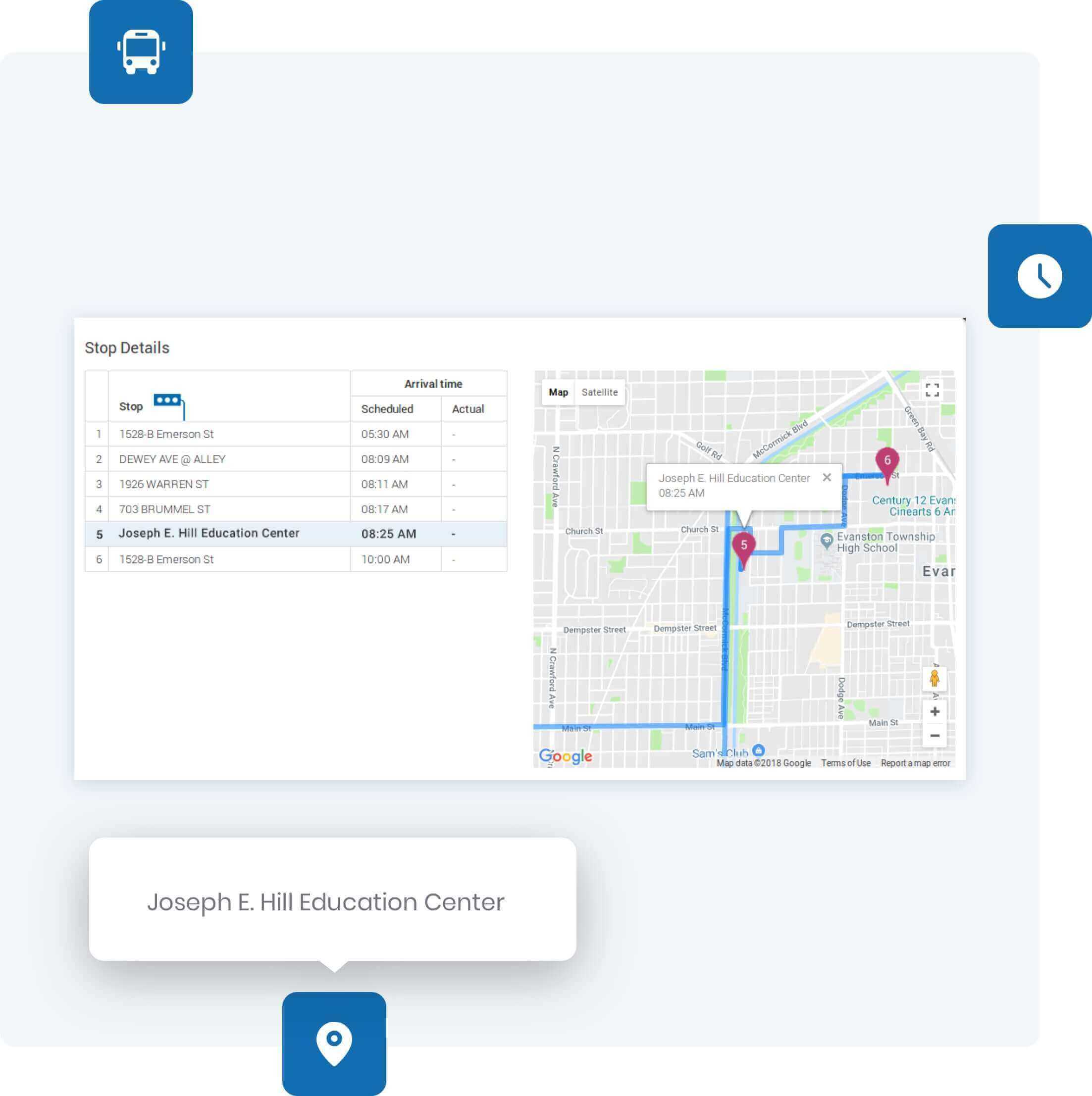
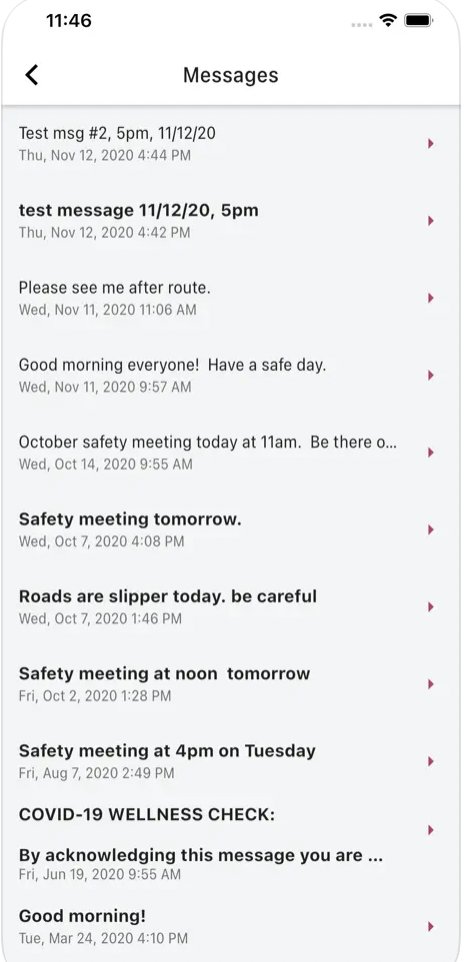
ByteCurve360 enables transportation organizations to improve safety and operational efficiency by merging routing and GPS fleet tracking data into a comprehensive management tool.
Task drivers, reassign routes and verify payroll in seconds.
Better manage late/absent drivers and deliver on-time performance your students depend on.
Trusted by the Finest Names in School Bus Transportation
The Camera Revolution in Pennsylvania’s School Bus Safety Initiative.
How the fight to combat stop-arm violations is leveraging third-party technology providers:
Cumberland Valley School District in Pennsylvania will soon activate an onboard camera technology designed to improve the identification and fining of drivers who illegally pass stopped school buses.
This move comes as part of a larger effort to enhance student safety and accountability on the road. School buses are the most popular form of public transportation and student transportation leaders continue to invest in the innovations to drive even greater safety into one of the road’s safest vehicles.
The Pennsylvania district plans to install video cameras on all 85 of its school buses.
These sophisticated cameras can identify the make, model, and license plate of any vehicle that violates the law by passing a bus with its stop sign extended and red lights flashing. Motorists failing to respect stop arms remains one of the most pressing threats to students who ride the school bus.
The Indiana Criminal Justice Institute recently published a list of recommendations for drivers with special focus on decreasing the number of stop arm violations.
Alongside GPS fleet tracking technology, routing software, on-board cameras and dispatching and payroll software like Bytecurve360, school districts and private transportation providers are making the school bus one of the most technologically equipped vehicles on the road today.
Susan Keller, the district’s transportation manager, highlighted the current predicament.
“At present, it falls on our drivers to collect the license plate numbers and other relevant information of vehicles that pass the buses illegally. Unfortunately, very often they are not able to gather sufficient information for legal action.
This is a major concern as we know such violations are rampant.”
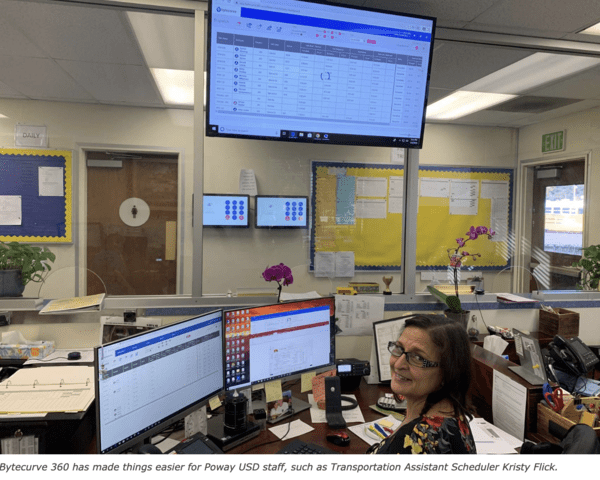
Bytecurve360 delivers a transformative operational experience.
Some of the most essential features include:
- Better Driver communications so that employees can check in/out remotely, view their schedules and receive messages on their smartphones.
- Easier payroll management so that you no longer have to manually calculate employee guarantees/contracts and overtime.
- Simpler management of daily operations, including assigning/reassigning drivers and vehicles, using real-time integration with GPS and routing systems. This allows all stops to be easily be rerouted when a bus breaks down or a driver can’t come in.
It is illegal in all 50 states to pass a stopped school bus when it is picking up or dropping off passengers and has red lights flashing and a stop sign deployed
Pennsylvania law specifically mandates that drivers stop 10 feet behind or in front of a stopped school bus. The only exception is for oncoming traffic on a road with a median divider.
But illegal passing of school buses remains alarmingly frequent.
A survey by the National Association of State Directors of Pupil Transportation Services (NASDPTS) revealed that, on just one day last fall, 94,581 school bus drivers flagged 62,482 vehicles that passed their buses illegally.
Once that number is extrapolated nationally, the NASDPTS asserts, it’s reasonable to assume that this violation can occur up to a shocking 43.8 million times on an annual basis. That’s tens of millions of opportunities for students to be injured or even worse by a motorist failing to comply with this universal law.
And plenty of preventable risk that school transportation staff, parents — and now, even far-seeing tech firms — hope to squash.
Last year, the gravity of the problem came to the forefront when Arianna Landis, an 11th-grader, was killed while trying to board a school bus.
The driver was subsequently charged with homicide by vehicle, careless driving, and illegal passing. The district and the transportation company operating the bus both face court action.
Cumberland Valley School District is among the pioneering districts in Pennsylvania to implement onboard bus cameras thanks in part to a 2020 legislative amendment that facilitated automated enforcement of no-passing laws for stopped school buses.
The district has partnered with BusPatrol, a Virginia-based company that specializes exclusively in school bus safety systems. School systems turn to technology providers like Bus Patrol and Bytecurve to improve the safety and efficiency of the student transportation fleets.
BusPatrol’s spokesperson, Kate Spree, said the company has secured contracts with 32 districts in Pennsylvania, primarily in the Philadelphia and Lehigh Valley areas.
In Central Pennsylvania, Cumberland Valley now joins Spring Grove and Central Dauphin districts in adopting this technology.
The advanced cameras are strategically placed on the exterior of the bus and are engineered to activate automatically when the bus’s stop sign arm is deployed. These cameras are known for their ability to provide a comprehensive 360o view of the surrounding traffic.
Upon detecting a violation, the system utilizes cutting-edge AI algorithms that work synchronously with the cameras.
This integration allows for real-time processing and transmission of crucial data to the school district authorities, ensuring prompt identification of the offending vehicle.
In Cumberland Valley, all potential violations are meticulously reviewed by the district’s police officers, who have the authority to issue civil fines. These officers can discern and eliminate any false positives.
For instance, a vehicle passing on the other side of a median barrier would not be considered a violation.
Vehicle owners found in violation are notified within a maximum period of 30 days and are subjected to a $300 fine. Spree mentioned that the enforcement notice also includes a link to the captured video footage as evidence.
Should the vehicle owners wish to challenge the citation — one common defense is that the owner was not driving at the time — they are entitled to make their case before a judge. However, concrete evidence may be required to prove that the owner was not behind the wheel at the time of the offense.
According to a 2018 legislative analysis, police in Pennsylvania had issued 2,198 citations for illegal school bus passings, but only 690 ended in convictions.
In contrast, BusPatrol asserts that since August 2022, their technology has contributed to over 29,000 citations for illegal bus passings in Pennsylvania alone.
The company also states that fewer than 3 percent of their issued citations are contested, although this figure has yet to be independently verified.
Notably, staff at a district judge’s office in the Central Dauphin School District reported that they had not received any appeals since the cameras were implemented last December.
It’s important to note that these violations do not result in points being added to a driver’s record, nor can they be used by insurance companies to adjust premiums, as per the existing statutes.
In Cumberland Valley, the civil fine for a violation is $250. Interestingly, most of this fine goes directly to BusPatrol, the Virginia-based vendor providing the technology, thus sparing taxpayers any additional financial burden.
Yet, the new camera initiative is not without its critics.
A grassroots motorist group argues that the focus should be on other aspects of student safety, such as improving bus safety measures and public education campaigns. They claim the camera systems serve as a profit-making venture for the government and tech companies at the expense of motorists.
Lori Stine, Transportation Coordinator at Spring Grove School District, one of the early adopters of this technology, countered this perspective.
“We take the review process very seriously. Between February and April, we declined over 20 percent of flagged violations for various legitimate reasons.”
While these illegal bus passes occur at an alarming rate, accidents appear to be fairly rare.
At the behest of PennLive, the Pennsylvania Department of Transportation reviewed its statistics on pedestrian accidents involving school buses for this report and the results revealed 66 separate incidents from 2018 through 2022, with a total of 66 injuries and two fatalities, including one adult.
However, it wasn’t apparent whether all these accidents involved illegal passes.
The national pupil transportation association,on the other hand, recorded 51 student deaths as a result of illegal passes between 2000 through 2020.
This is the risk transportation managers work tirelessly to eliminate.
Cumberland Valley’s Keller expressed concern, stating, “We’ve witnessed vehicles maneuvering to the right-hand side of a halted bus, even driving on the grass. Such actions are a constant worry for us; we strive to prevent such occurrences.”
“If we can prevent even a single bad accident then, it’s definitely worth it.”
Cumberland Valley is part of a growing movement that leverages technology for public safety.
With 85 buses making nearly 400 runs per day, Keller notes, “That’s 400 opportunities per day to keep our kids safe.”
Amber Clark, an Allentown mom, spearheaded the legislative efforts for onboard cameras after her daughter Olivia Clark-Ortiz was nearly hit by a car in 2018.
Clark’s advocacy, coupled with growing public awareness, has led to the cameras becoming standard features on new buses, which means the implementation of these cameras will be more prevalent in five to ten years, predicts Gerry Wosewick, Executive Director of the Pennsylvania School Bus Association.
, While public perception of this initiative remains mixed, one thing is clear: the drive to ensure the safety of students is gaining speed , propelled by a blend of legislative support and technological innovation.
The hope is that the tech will not just capture offenders but deter them, making the daily bus ride safer for millions of students.
Integrated Student Transportation Software
School Bus Dispatching and Payroll Technology
Bytecurve360 offers a range of potential benefits to a school bus fleet, focusing on improving efficiency, safety, and communication. Much like stop-arm cameras, it is growing in popularity across the country as more districts navigate the challenges of absence and late drivers as well as striving to improve payroll accountability.
Some of the key benefits of Bytecurve360 include:
Increased Efficiency:
- Automated tasks and streamlined processes: Bytecurve can automate tasks like scheduling, dispatching, and payroll, saving time and reducing manual errors.
- Improved route optimization: By analyzing historical data and traffic patterns, Bytecurve can help optimize routes for shorter travel times and reduced fuel consumption.
- Real-time bus tracking and monitoring: Leveraging GPS fleet tracking integration, dispatchers and administrators can track buses in real-time, allowing for quicker responses to delays and improved communication with parents.
Enhanced Safety and Security:
- GPS tracking integration: Real-time tracking helps ensure buses stay on route and students are picked up and dropped off at designated locations.
- Emergency communication tools: Drivers can quickly communicate with dispatchers and others leveraging the DriveOn mobile app, which can also be used to clock in and out remotely
Improved Communication:
- Driver communication tools: Drivers can communicate with dispatchers and other staff through the platform, improving overall fleet communication.
- Reporting and analytics: Bytecurve provides comprehensive reports and analytics that can help identify areas for improvement and make data-driven decisions. The ability to see planned versus actual routes in real-time and historically can drive improved route performance.
Additional benefits:
- Reduced costs: Increased efficiency and flexibility in managing payroll can drive down costs while increasing driver accountability
- Enhanced transparency: Real-time tracking and reporting can improve transparency for parents, administrators, and the public.
It’s important to note that the specific benefits experienced by a school bus fleet will depend on its unique needs and size.
However, Bytecurve360 offers a wide range of features and functionalities that can potentially improve many aspects of school bus operations.
These case studies demonstrate how a diverse fleets leverage the software application to improve their safety and performance.
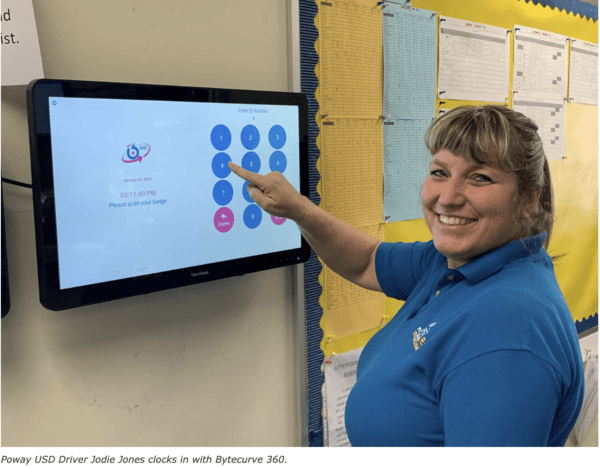
If you are in the market for a school bus driver scheduling software, here’s what to look out for
- The application should feature a user-friendly design to enable administrators, drivers, and parents to understand and navigate the system. It should be cloud-based and be supported by U.S.-based support team who appreciate the unique demanding environment of a school bus fleet.
- The platform should include ongoing and comprehensive training and support for all users to guarantee they’re comfortable with the tool and can use it effectively. Bytecurve features ongoing support from our team of school bus operations experts.
- The school bus driver scheduling software platform you eventually select should commit to continuous updates and maintenance to ensure it remains current and devoid of bugs or glitches. Bytecurve is founded by innovators who will never stop improving the platform based on the needs and wants of their customers and school bus fleet operators.
- The app should be flexible and customizable to tailor it to the unique needs of each school or district. Bytecurve will work with each district or contract to build their tailored solution that meets their unique requirements.
- The software should be capable of integrating with other related tools like student information systems to guarantee accurate and up-to-date data is being used to create and manage driver schedules. Bytecurve has integrations with all of the major routing and GPS fleet tracking solutions so that virtually any school bus fleet can enjoy the benefits of the transformative technology.

Secure
Only authorized employees will be able to access DriveOn based on a customer specific access code. This code can be turned off as needed by an authorized administrator.

User friendly
DriveOn is easy to use with a simple, smart interface.
Available on both iOS and Google Play stores.



